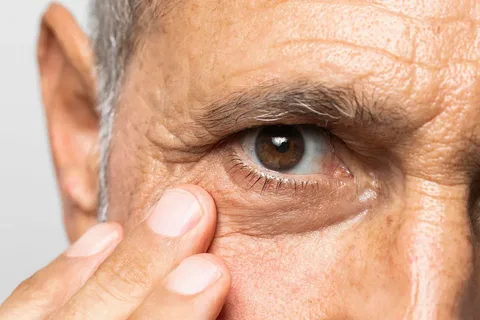Introduction Age-related eye issues are a common concern as people grow older. The eyes, like any other part of the body, undergo changes with age, leading to various conditions that can affect vision and overall eye health. In this comprehensive guide, we will delve into the top four age-related eye issues, their causes, symptoms, and
Introduction
Age-related eye issues are a common concern as people grow older. The eyes, like any other part of the body, undergo changes with age, leading to various conditions that can affect vision and overall eye health. In this comprehensive guide, we will delve into the top four age-related eye issues, their causes, symptoms, and management strategies to help you maintain optimal eye health as you age.
Age-Related Macular Degeneration (AMD)
Understanding AMD
Age-related macular degeneration (AMD) is a progressive eye condition that affects the macula, the central part of the retina responsible for sharp, central vision. It is one of the leading causes of vision loss in individuals over the age of 50.
Causes and Risk Factors
The exact cause of AMD is not fully understood, but several factors contribute to its development, including age, genetics, smoking, and prolonged exposure to UV light. Individuals with a family history of AMD, as well as those with a history of smoking or prolonged sun exposure, are at an increased risk. Explore More About (Dizziness After Meal)
Symptoms
Early stages of AMD may present with subtle symptoms or none at all. As the condition progresses, individuals may experience blurred or distorted central vision, straight lines appearing wavy, and difficulty recognizing faces.
Management and Treatment
While there is no cure for AMD, early detection and intervention can help slow its progression and preserve remaining vision. Treatment options may include intraocular injections, laser therapy, and lifestyle modifications such as quitting smoking and incorporating a diet rich in antioxidants and omega-3 fatty acids.
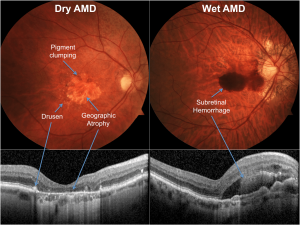
Image by: yendex.com
Cataracts
Understanding Cataracts
Cataracts occur when the lens of the eye becomes clouded, leading to blurred vision and eventual vision loss if left untreated. It is a common age-related condition and is the leading cause of blindness worldwide.
Causes and Risk Factors
The primary cause of cataracts is the natural aging process, which leads to changes in the protein structure of the lens. Other risk factors include UV exposure, smoking, diabetes, and certain medications such as corticosteroids.
Symptoms
Symptoms of cataracts may include cloudy or blurred vision, sensitivity to light, difficulty seeing at night, and seeing halos around lights.
Management and Treatment
The only effective treatment for cataracts is surgical removal of the cloudy lens and replacement with an artificial lens. Cataract surgery is a safe and commonly performed procedure that can significantly improve vision and quality of life.
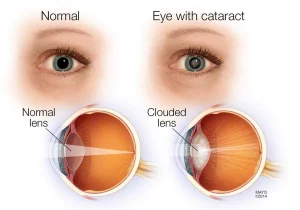
Image by: yendex.com
Glaucoma
Understanding Glaucoma
Glaucoma is a group of eye conditions characterized by damage to the optic nerve, often as a result of increased pressure within the eye. It is a leading cause of irreversible blindness worldwide.
Causes and Risk Factors
The exact cause of glaucoma is not fully understood, but high intraocular pressure is a significant risk factor. Other risk factors include age, family history, ethnicity (African Americans and Hispanics are at higher risk), and certain medical conditions such as diabetes and hypertension.
Symptoms
In the early stages, glaucoma may not present with any symptoms. As the condition progresses, individuals may experience gradual peripheral vision loss, tunnel vision, blurred vision, halos around lights, and severe eye pain.
Management and Treatment
Treatment for glaucoma aims to reduce intraocular pressure to prevent further damage to the optic nerve. This may involve the use of eye drops, oral medications, laser therapy, or surgery, depending on the severity of the condition.
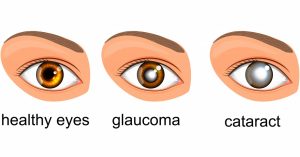
Image by: yendex.com
Diabetic Retinopathy
Understanding Diabetic Retinopathy
Diabetic retinopathy is a complication of diabetes that affects the blood vessels in the retina. It is a leading cause of vision loss among individuals with diabetes.
Causes and Risk Factors
High blood sugar levels associated with diabetes can damage the blood vessels in the retina, leading to diabetic retinopathy. Other risk factors include duration of diabetes, poorly controlled blood sugar levels, high blood pressure, and high cholesterol.
Symptoms
In the early stages, diabetic retinopathy may not cause any noticeable symptoms. As the condition progresses, individuals may experience blurred or distorted vision, floaters, dark spots in the visual field, and difficulty seeing at night.
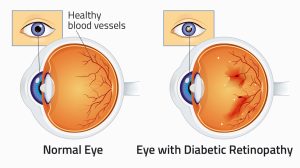
Image by: yendex.com
Management and Treatment
Early detection and management of diabetes are crucial in preventing diabetic retinopathy. Treatment options may include laser therapy, intraocular injections, vitrectomy (surgical removal of the vitreous gel), and management of underlying diabetes and associated conditions.
| Condition | Cause | Symptoms | Treatment |
|---|---|---|---|
| Age-Related Macular Degeneration (AMD) | Age, genetics, smoking, UV exposure | Blurred or distorted central vision | Intraocular injections, laser therapy, lifestyle modifications |
| Cataracts | Aging, UV exposure, smoking, diabetes | Cloudy or blurred vision, sensitivity to light | Surgical removal of the cloudy lens, artificial lens replacement |
| Glaucoma | Increased intraocular pressure, age, family history | Peripheral vision loss, tunnel vision, severe eye pain | Eye drops, oral medications, laser therapy, surgery |
| Diabetic Retinopathy | High blood sugar levels, duration of diabetes, high blood pressure | Blurred or distorted vision, floaters | Laser therapy, intraocular injections, vitrectomy, diabetes management |
Conclusion
Age-related eye issues can have a significant impact on vision and quality of life, but with early detection and appropriate management, many of these conditions can be effectively treated or managed to preserve vision and maintain optimal eye health. By understanding the causes, symptoms, and treatment options for the top four age-related eye issues—AMD, cataracts, glaucoma, and diabetic retinopathy—you can take proactive steps to protect your vision as you age.
Remember to schedule regular comprehensive eye exams with your eye care professional to monitor your eye health and detect any potential issues early. Your eyesight is precious, so prioritize your eye health and take the necessary steps to ensure a lifetime of clear vision and optimal eye health.

